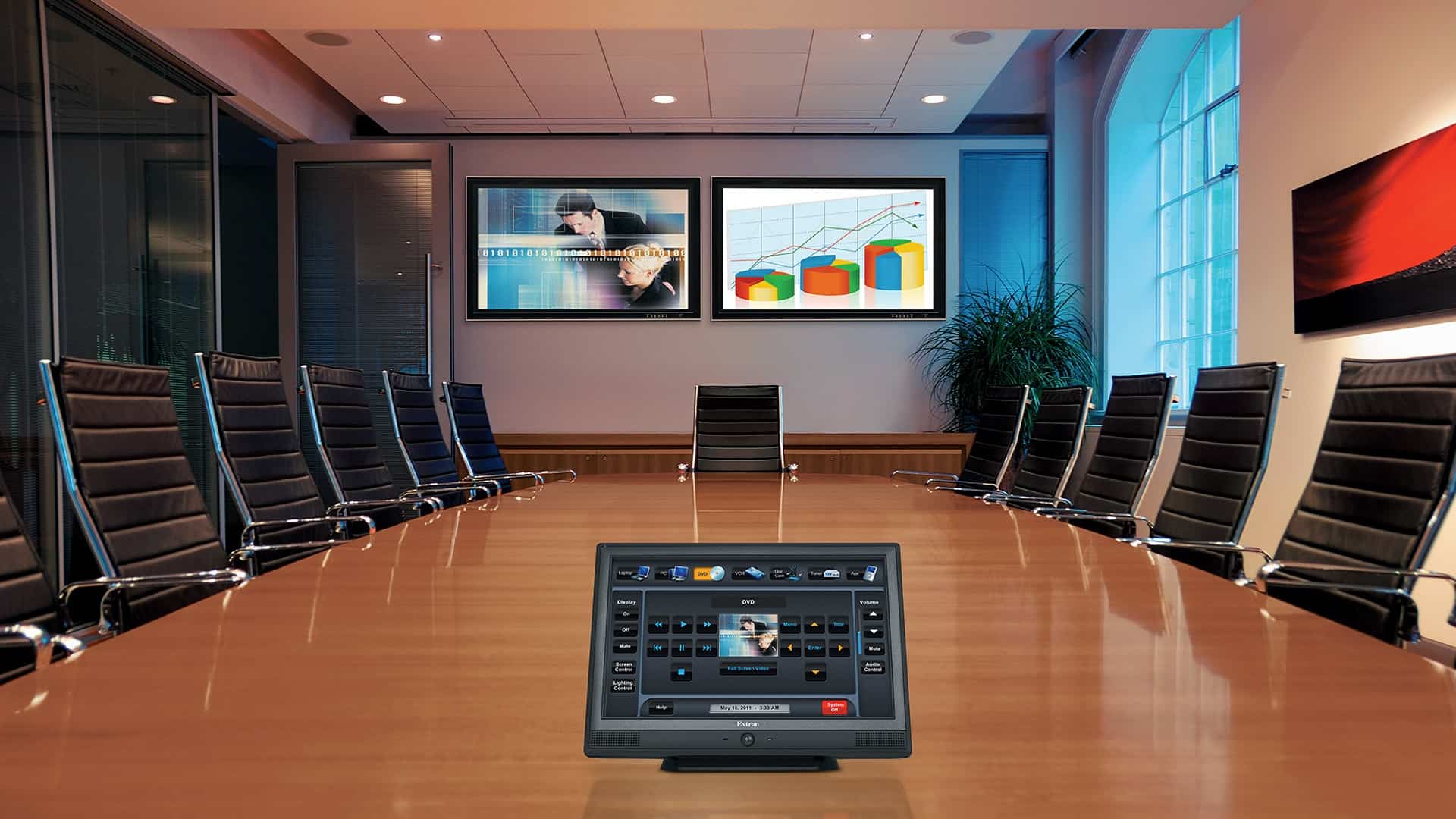Check Out Tips For Implement the Ideal Surveillance Setup to Meet Your Safety Requirements
When it comes to guaranteeing protection and security, selecting the right CCTV system is crucial. Closed-circuit television (CCTV) systems are widely used for monitoring in different environments, such as residences, companies, and community spaces. These systems assist observe actions, discourage criminal activity, and provide important proof in the event of occurrences. Comprehending the various elements and characteristics of CCTV setups can help people and entities formulate informed decisions that best meet their security needs.One of the first considerations when selecting a CCTV system is the type of cameras required. There are several types of cameras available, including dome cameras, bullet devices, and PTZ (pan-tilt-zoom) cameras. Bulb devices are commonly employed for interior monitoring due to their subtle appearance, while projectile devices are more noticeable and are generally employed outdoors. PTZ cameras offer the ability to zoom in on particular locations and can be operated from a distance. Assessing the particular environment and the areas that require surveillance will assist decide which kind of camera is most suitable.
Another crucial consideration to consider is the clarity of the cameras. Increased resolution devices provide clearer pictures, which can be essential for identifying people or details in a setting. Typical resolutions include basic definition (SD), elevated definition (HD), and superior resolution (UHD). Although increased clarity cameras may arrive at a higher price, they can significantly enhance the efficacy of a surveillance setup. It is also crucial to consider the illumination circumstances in the area being monitored, as some devices are more equipped to manage dim situations than alternative options.
Storage options are also a critical aspect of CCTV setups. Footage footage can consume up a significant amount of space, so it is crucial to choose a setup with adequate storage options. Many systems offer cloud options, which allows for remote retrieval to footage and can provide additional safeguarding in case of burglary or destruction to the physical storage. Alternatively, on-site storage, such web as electronic video recorders (DVRs) or internet video devices (NVRs), can be used. Comprehending the storage needs based on the quantity of cameras and the required holding duration for footage is crucial for efficient surveillance.
Lastly, the installation and upkeep of the CCTV setup should not be overlooked. Professional setup can ensure that cameras are positioned in ideal locations for maximum surveillance. Additionally, regular maintenance is essential to keep the setup operating properly. This includes inspecting device angles, cleaning optics, and making sure that software is up to date. Some systems also provide off-site monitoring capabilities, enabling operators to access live footage from their mobile devices or laptops. This feature can provide reassurance and improve the overall effectiveness of the safeguarding setup.

In conclusion, choosing the ideal CCTV system involves careful consideration of multiple aspects, such as device kinds, resolution, storage options, and installation. By understanding these elements, individuals and organizations can select a setup that efficiently satisfies their safeguarding requirements. A well-planned CCTV system not only helps deter crime but also offers important evidence when needed, making it an essential investment for protection and safeguarding.